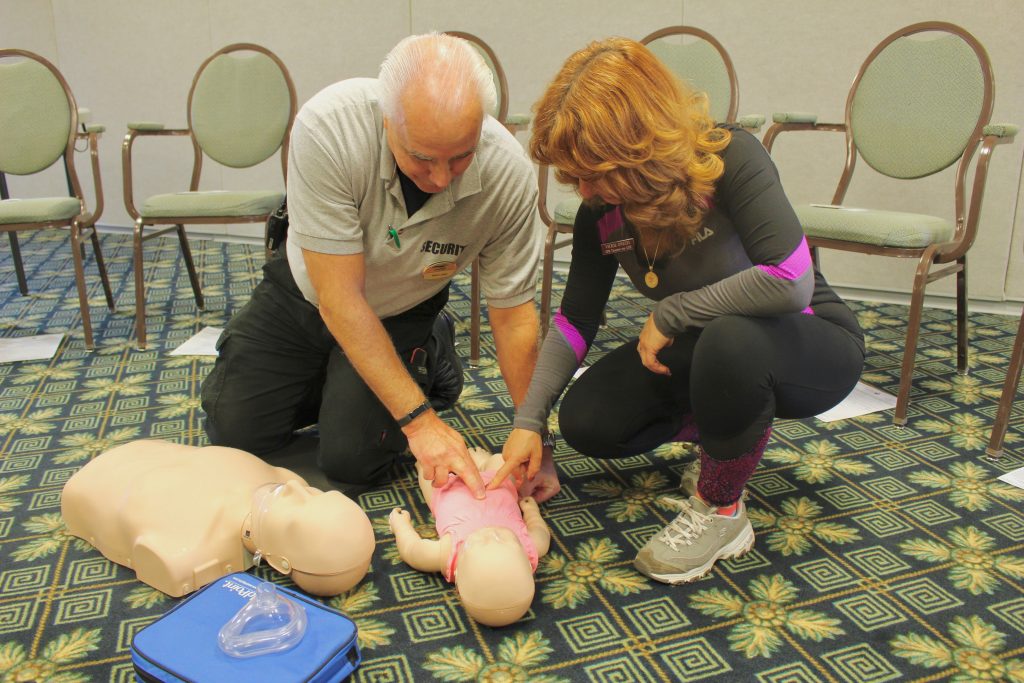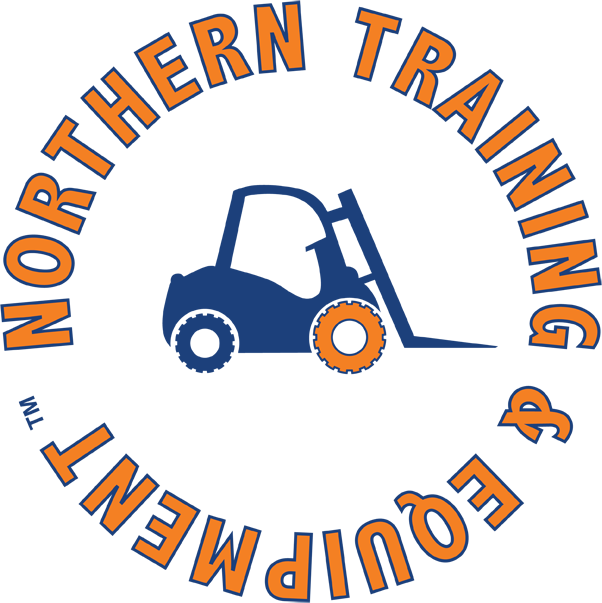CPR Training
Why Get CPR Training?
Here’s Why CPR Training is Necessary:
- Someone suffers from sudden cardiac arrest (SCA) every 90 seconds in America
- It takes typically 9-11 minutes for an emergency response unit to arrive
- 92% of all SCA victims die before reaching the hospital without bystander CPR
We’ll Teach You How To:
- Provide proper compression and rescue breathing technique during adult & infant CPR
- Properly use an automated external defibrillator (AED) in emergency situations
- Manage choking emergencies and administering the Heimlich Maneuver

We will come prepared with high quality audio/visual equipment and state-of-the-art practice manikins to provide hands-on demonstration and personal one-on-one instruction. American Heart Association glossy colored booklet, 2-year certification card and rescue breath take away items are all included.
Training will last a few hours…your confidence, however, will last a LIFETIME
Immediate CPR Can Double or Even Triple the Chance of Survival
- OSHA’s standard for first aid training in general industry, 29 CFR 1910.151(b), provides: In the absence of an infirmary, clinic, or hospital in near proximity to the workplace which is used for the treatment of all injured employees, a person or persons shall be adequately trained to render first aid. Adequate first aid supplies shall be readily available.
- The primary requirement addressed by these standards is that an employer must ensure prompt first aid treatment for injured employees, either by providing for the availability of a trained first aid provider at the worksite, or by ensuring that emergency treatment services are within reasonable proximity of the worksite. The basic purpose of these standards is to assure that ade uate first aid is available in the critical minutes between the occurrence of an injury and the availability of physician or hospital care or the injured employee.
- One option these standards provide employers is to ensure that a member of the workforce has been trained in first aid. This option is, for most employers, a feasible and low-cost way to protect employees, as well putting the employer clearly in compliance with the standards. OSHA recommends, but does not require, that every workplace include one or more employees who are trained and certified in first aid, including CPR.

